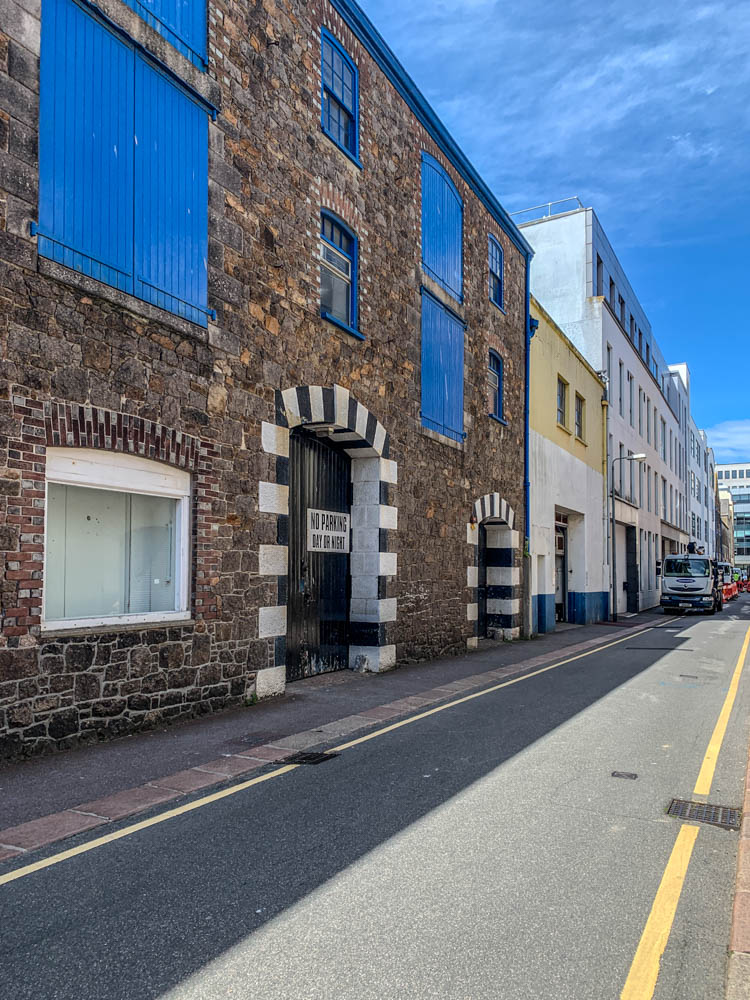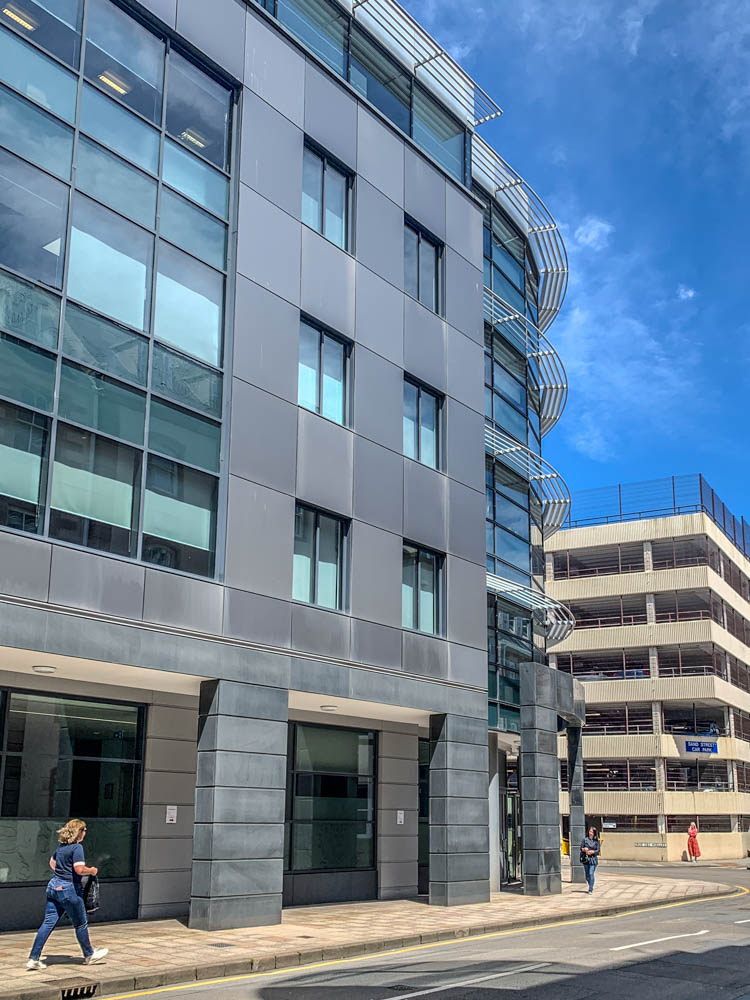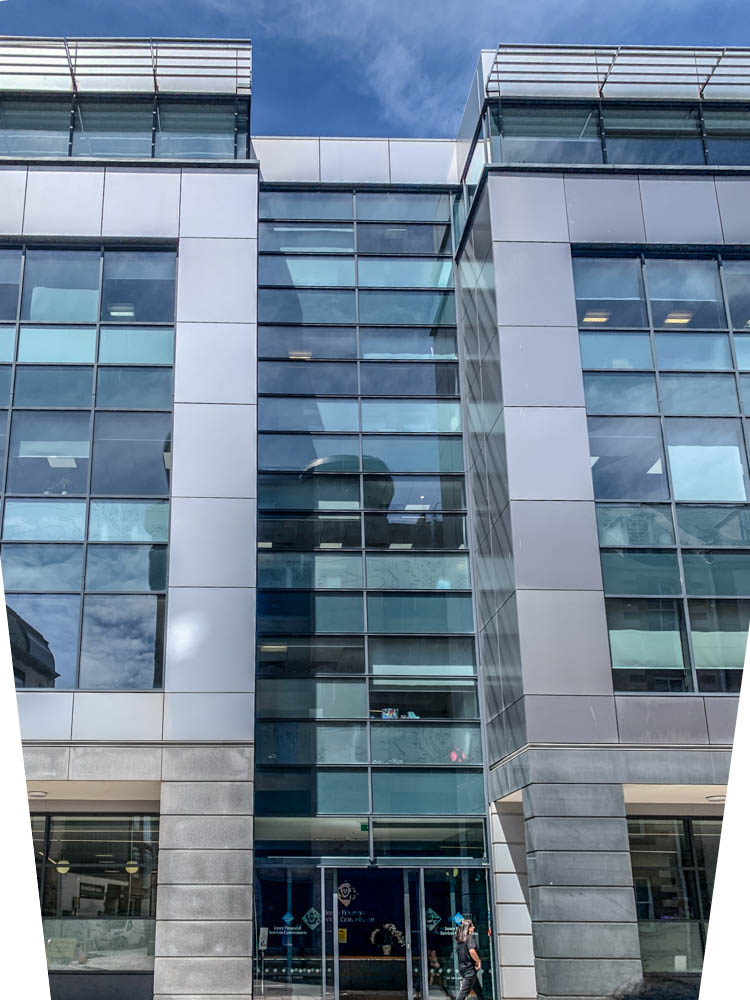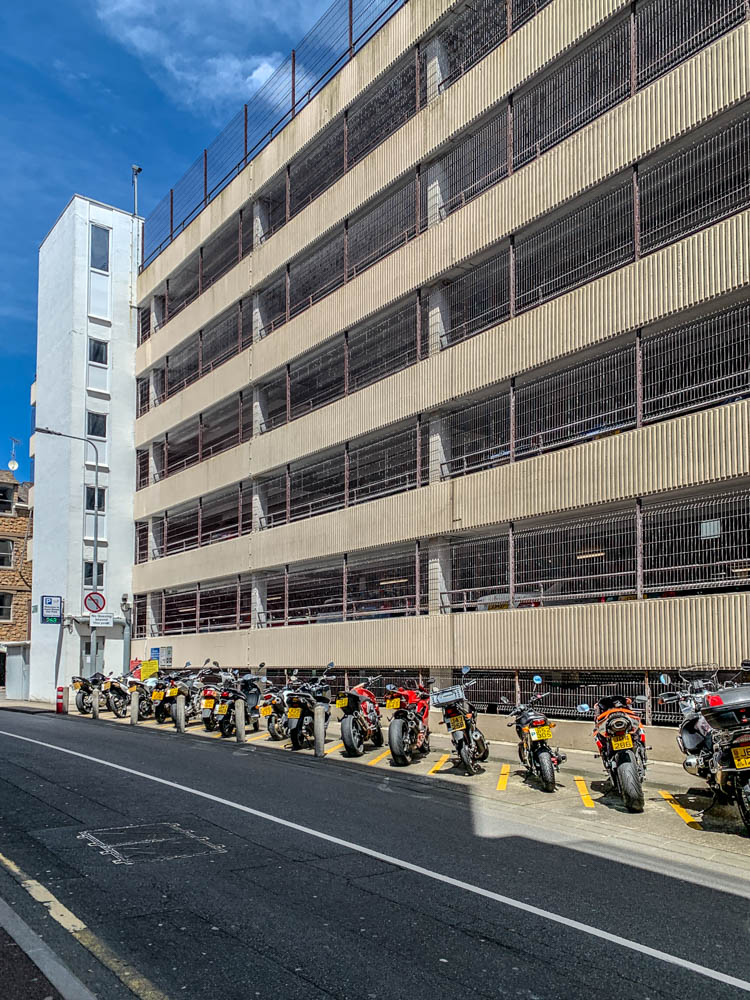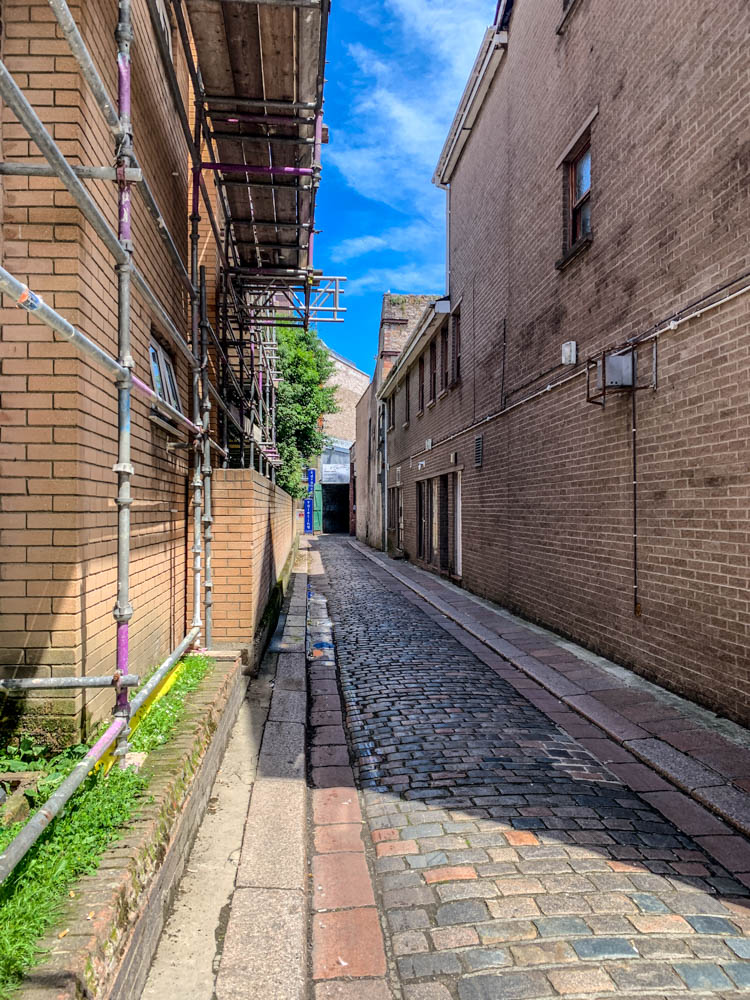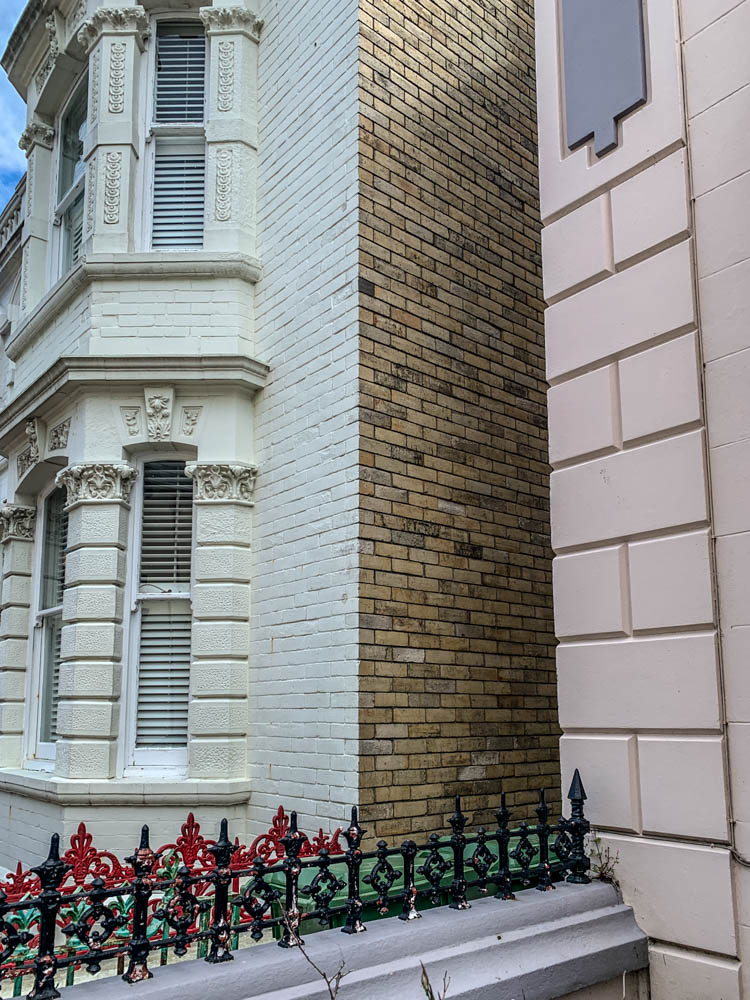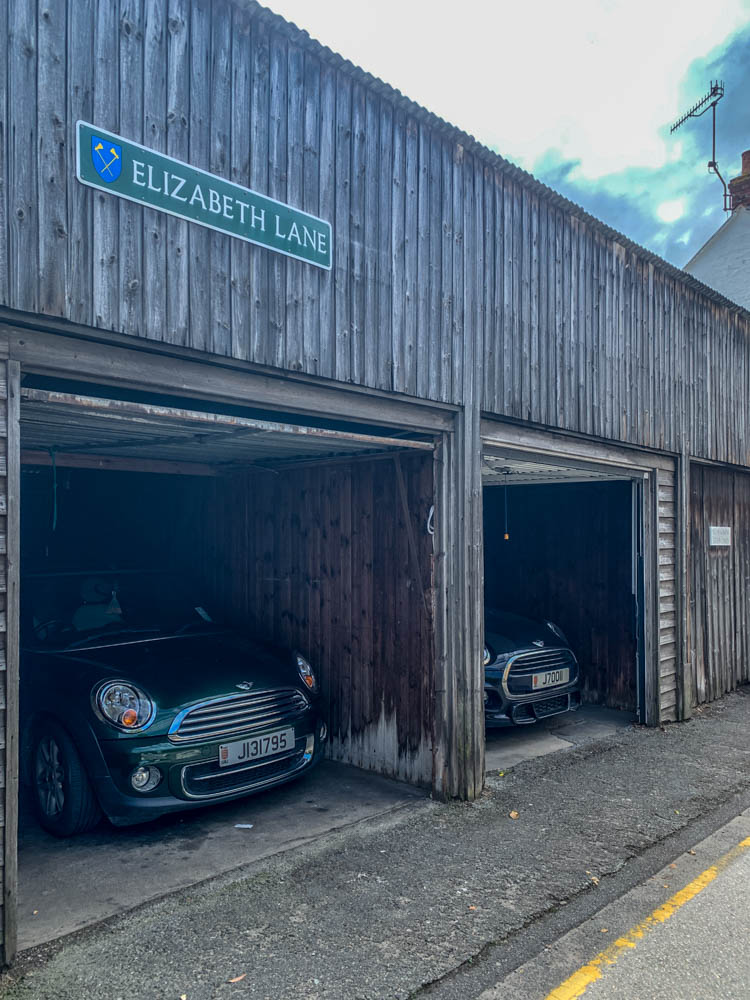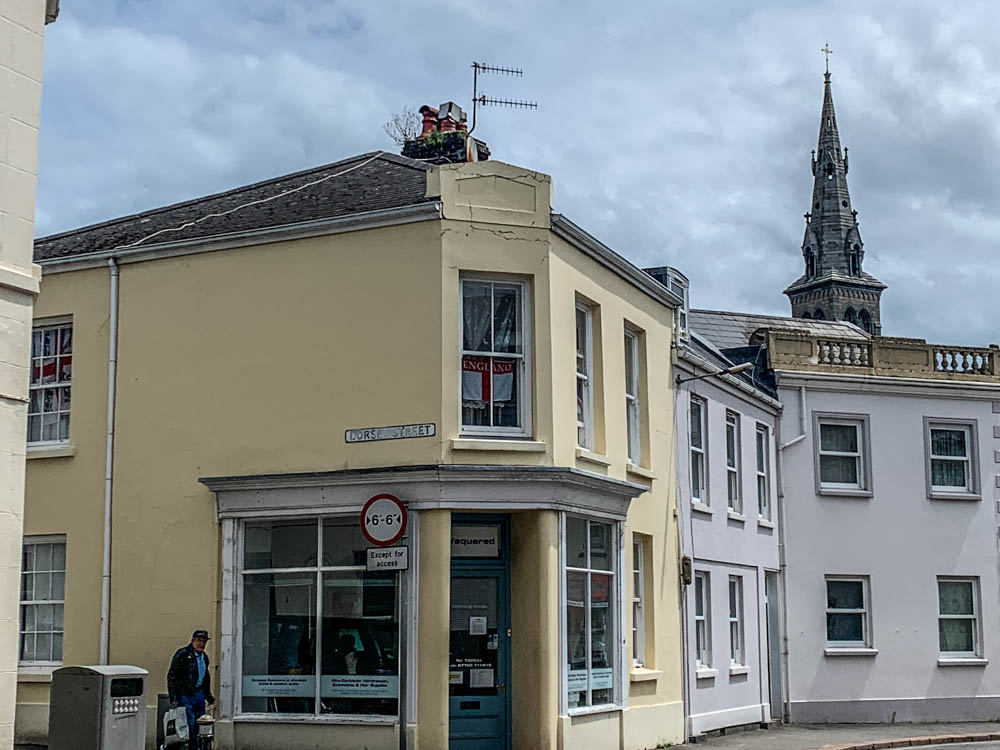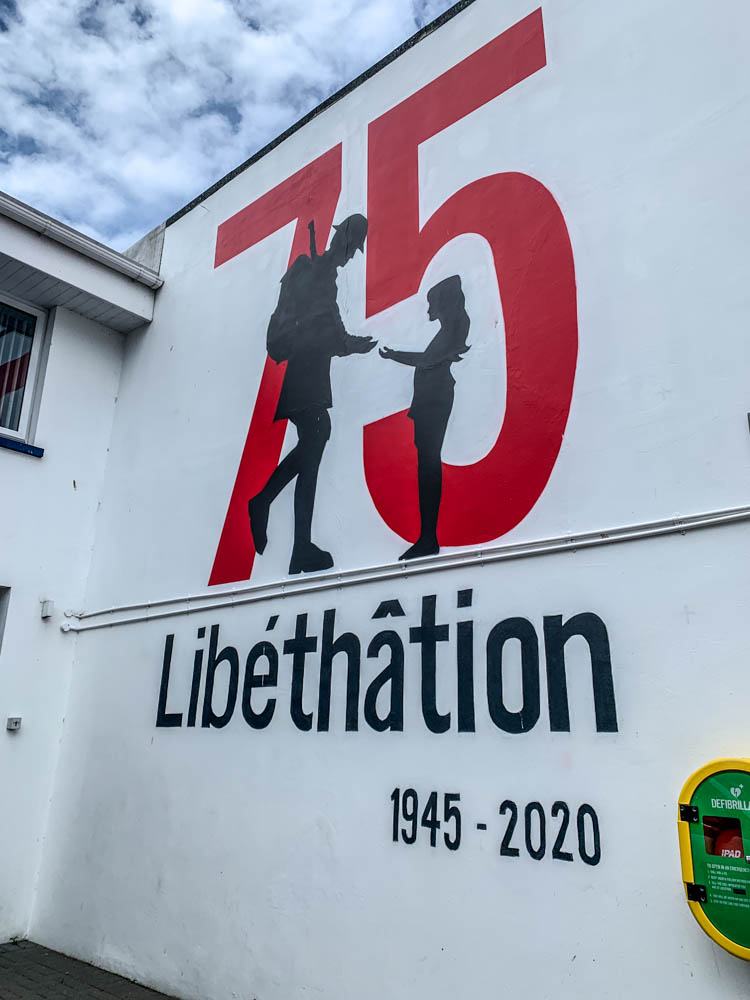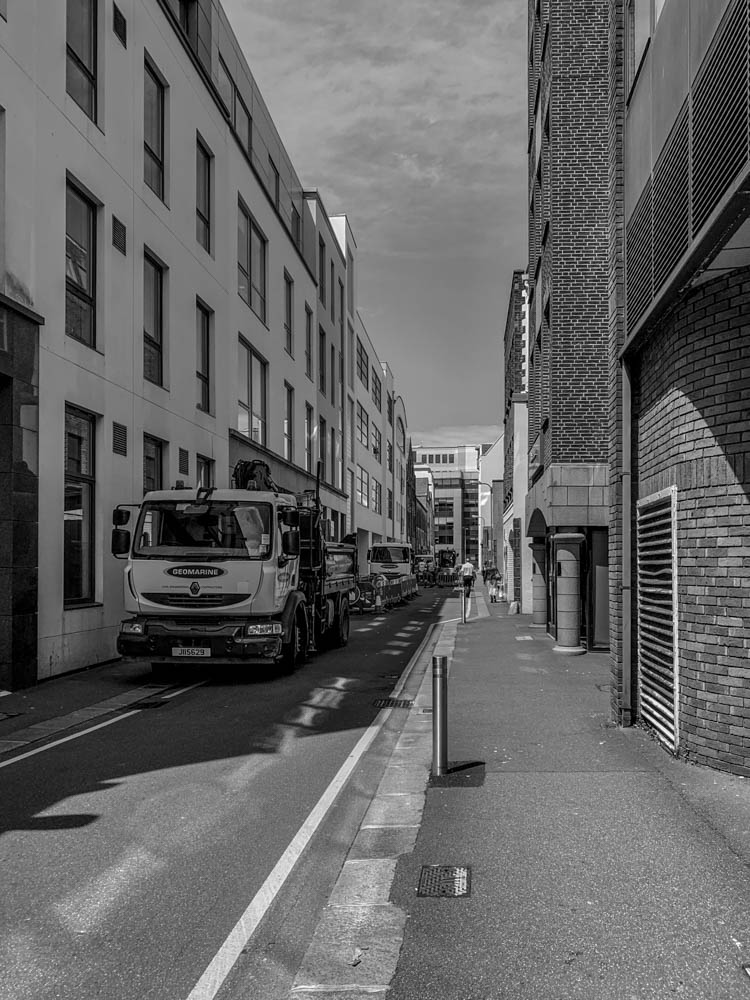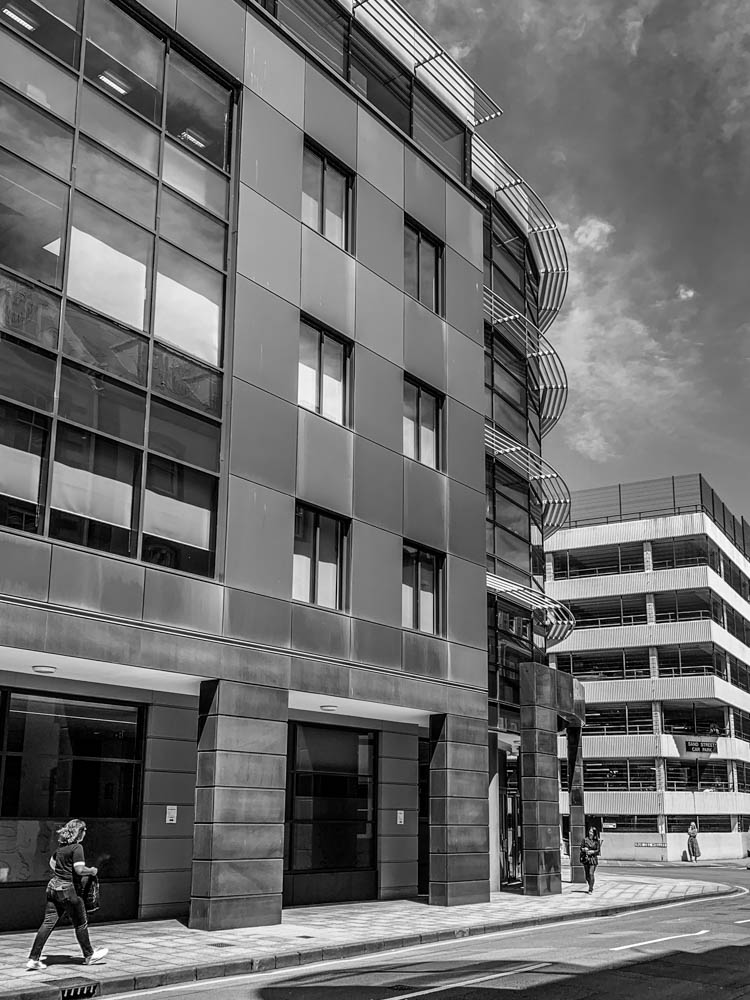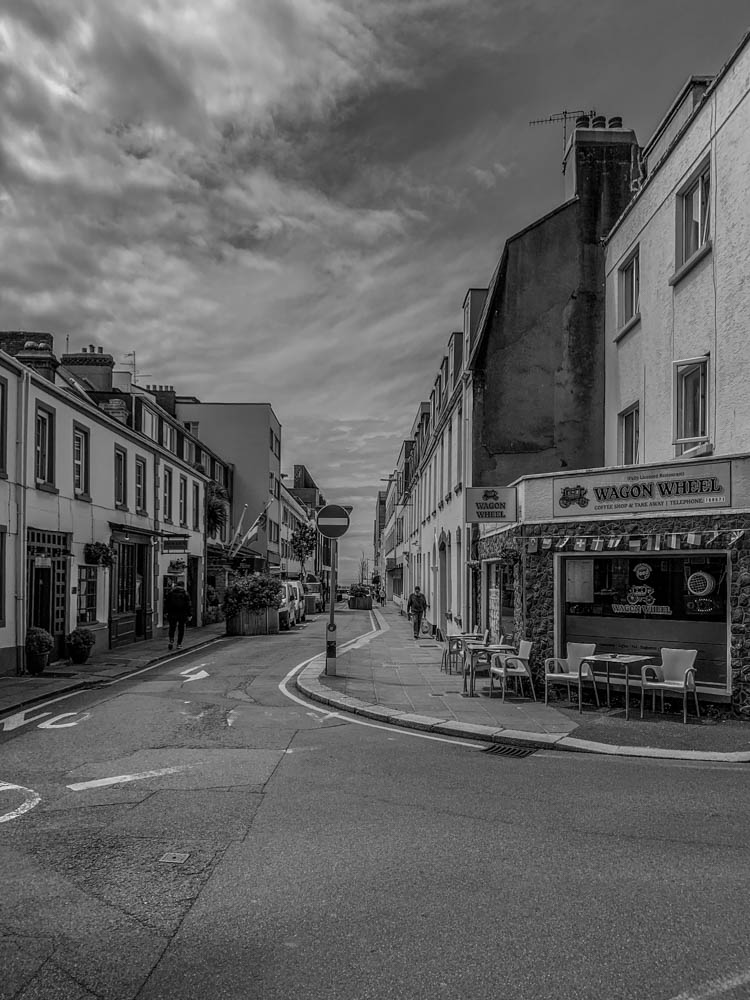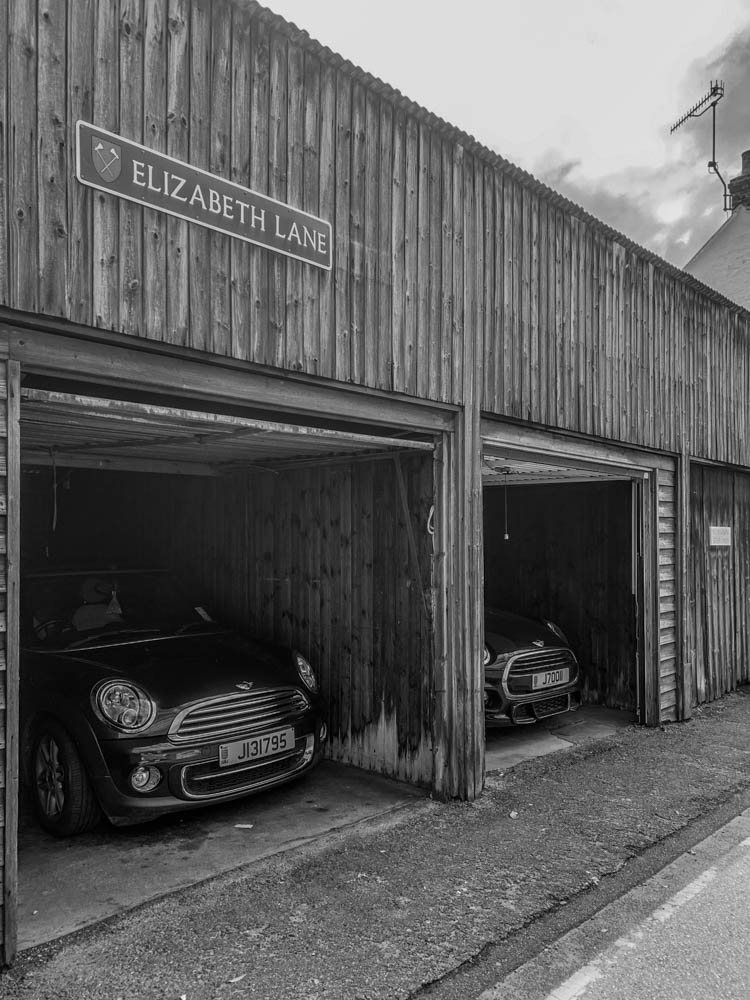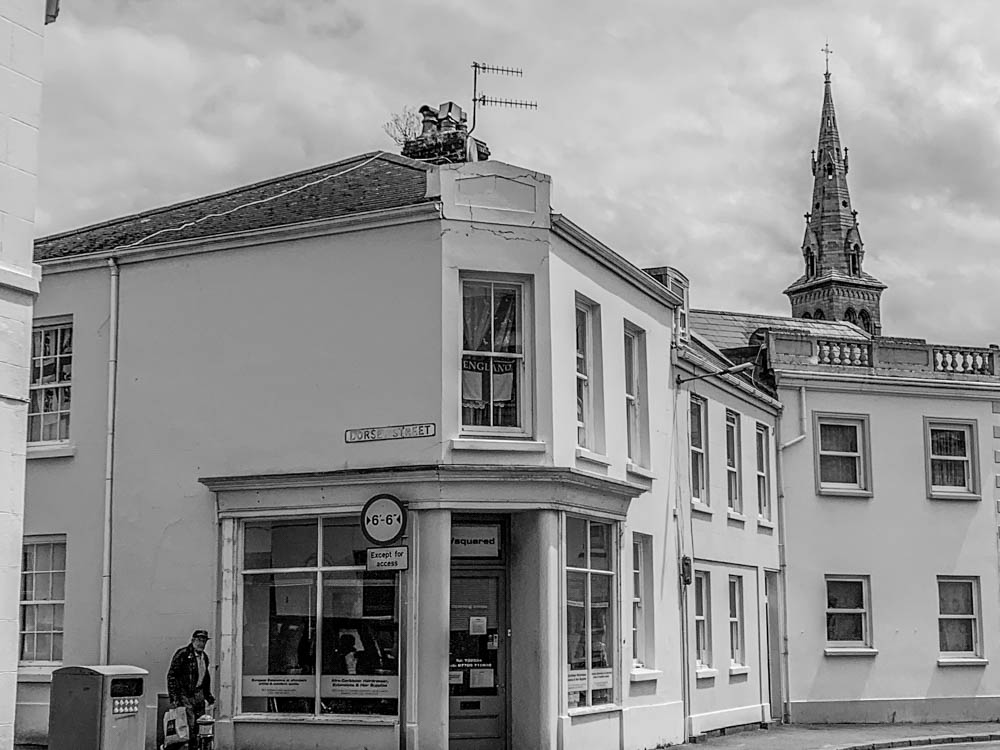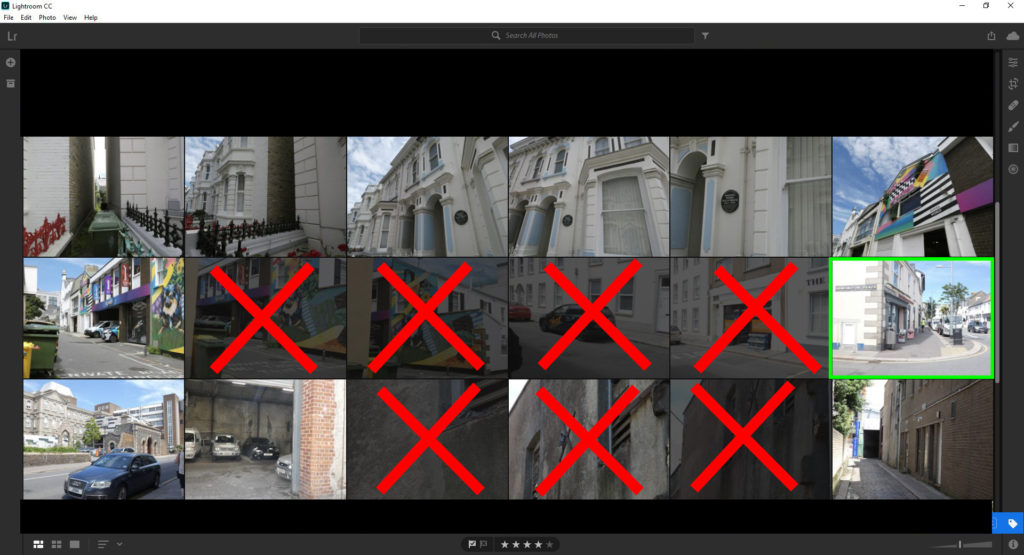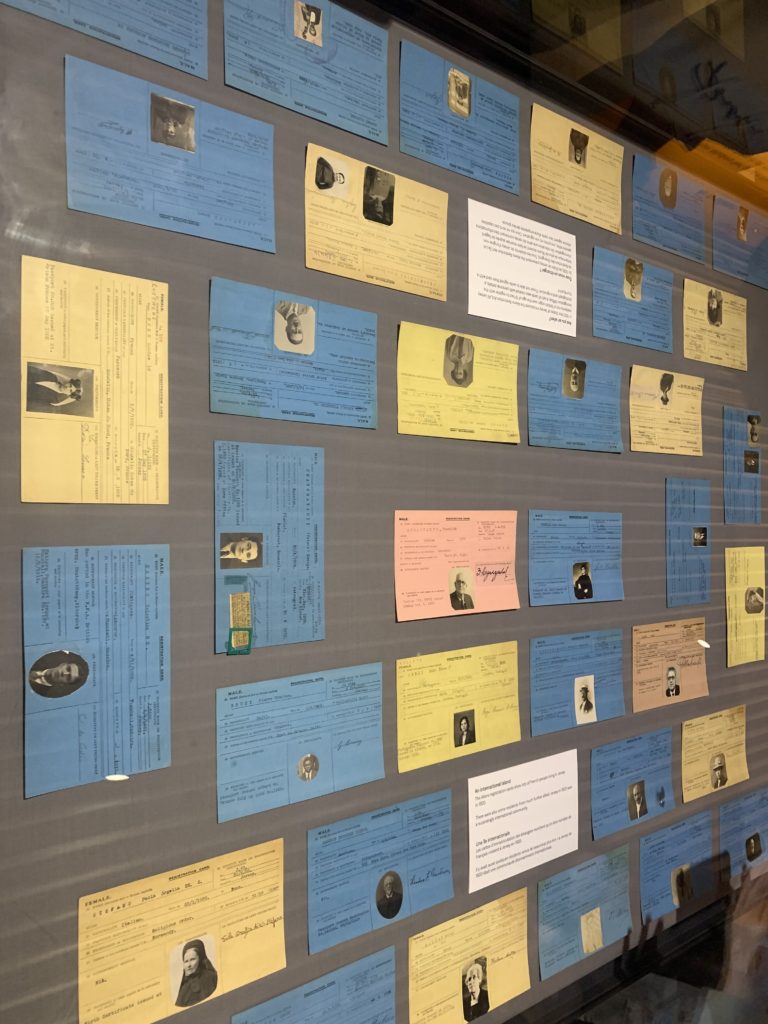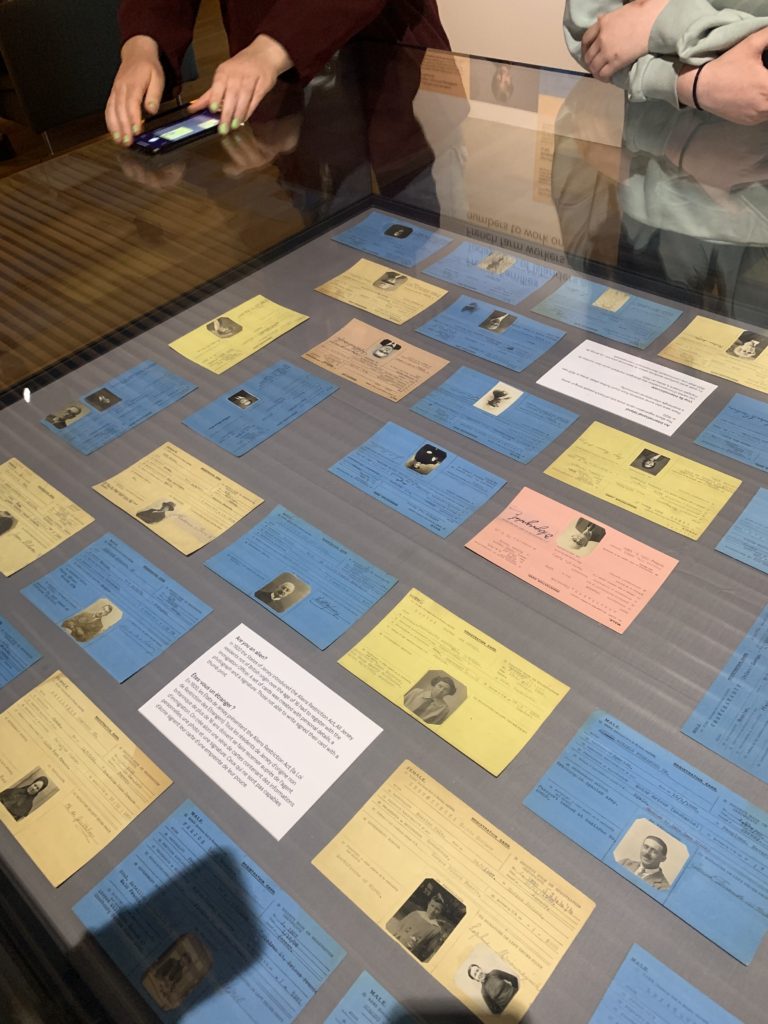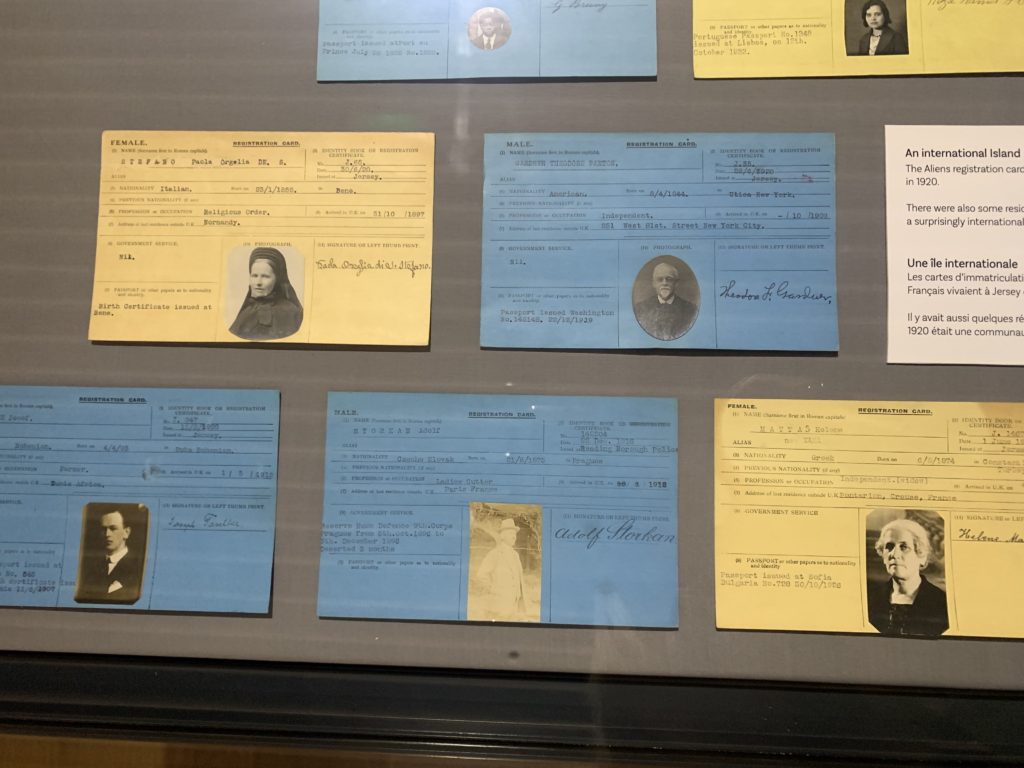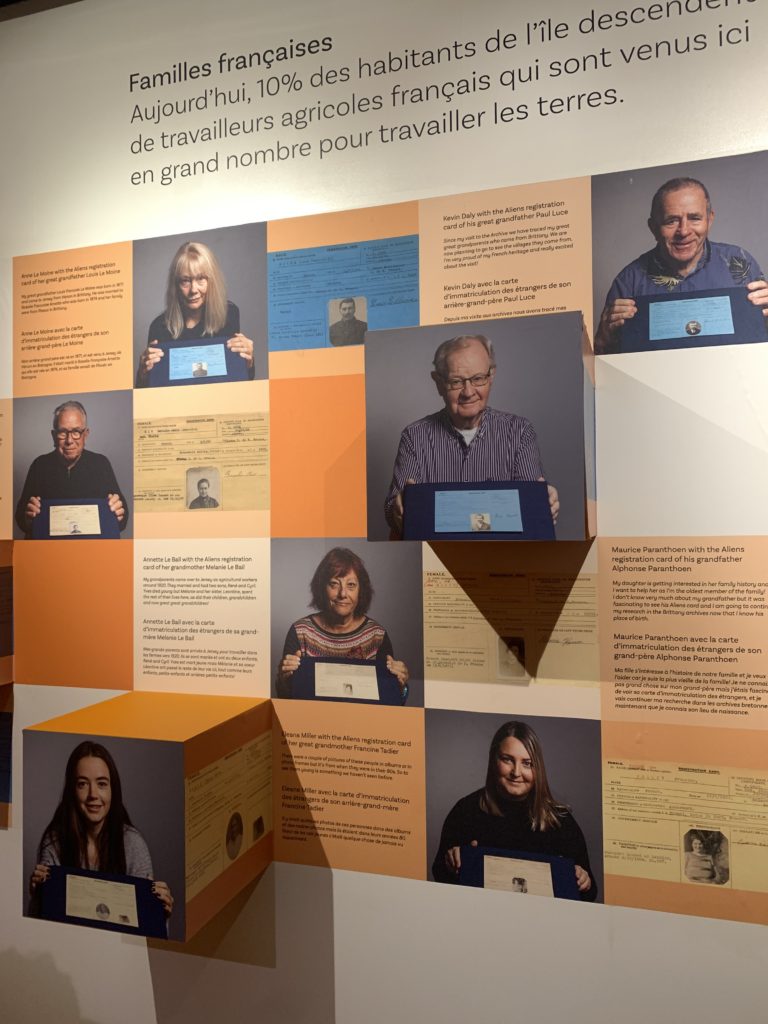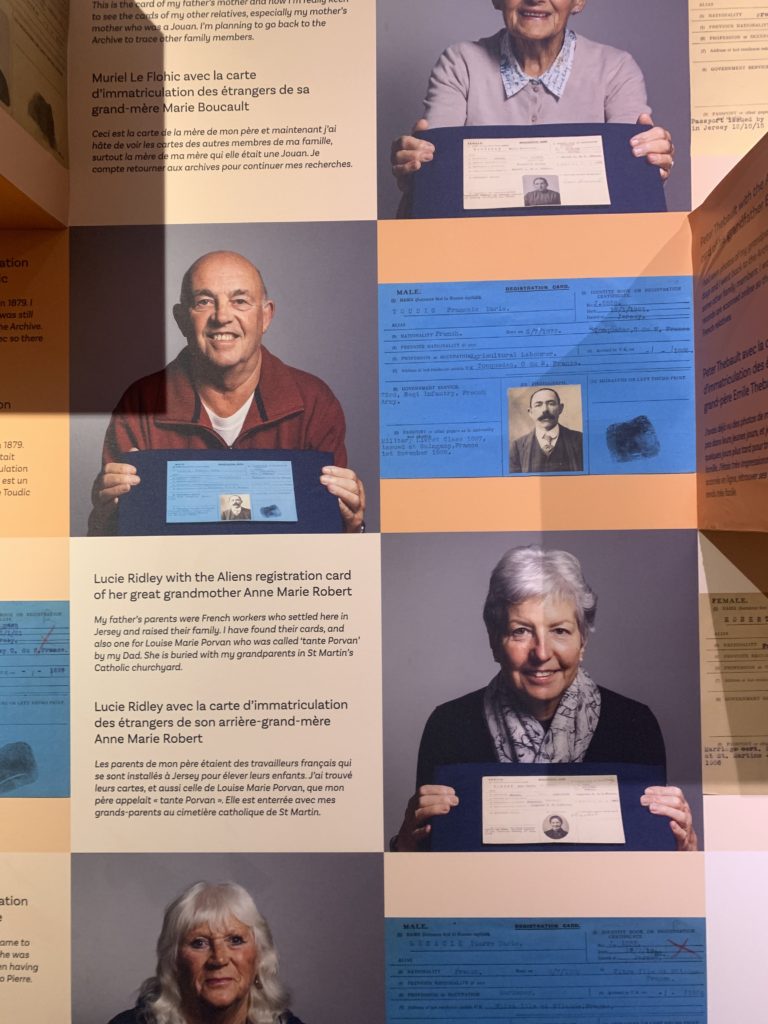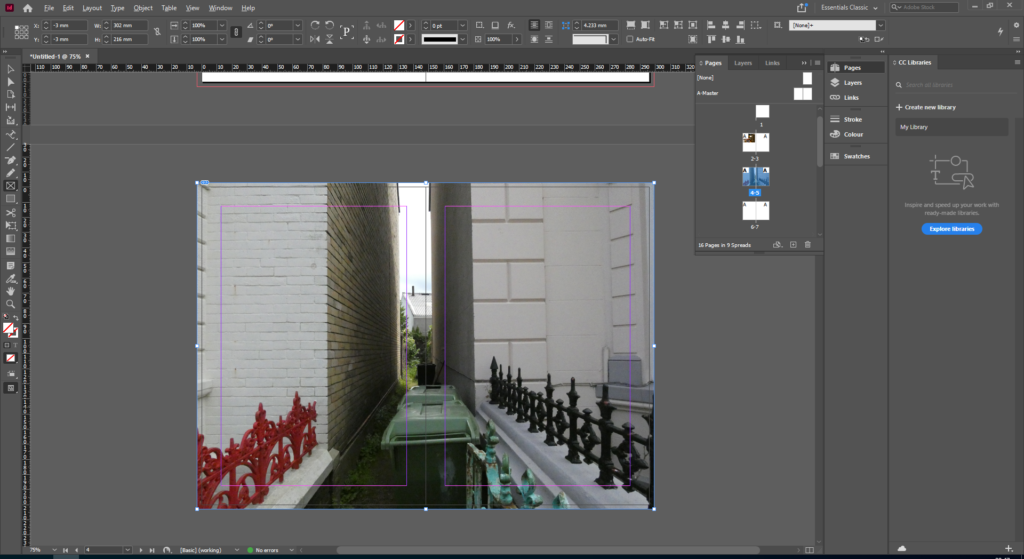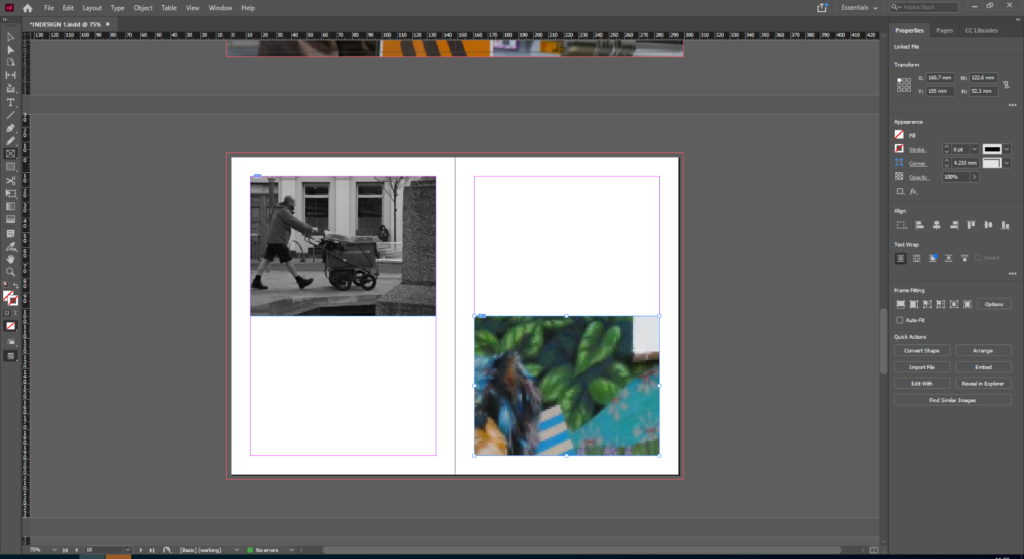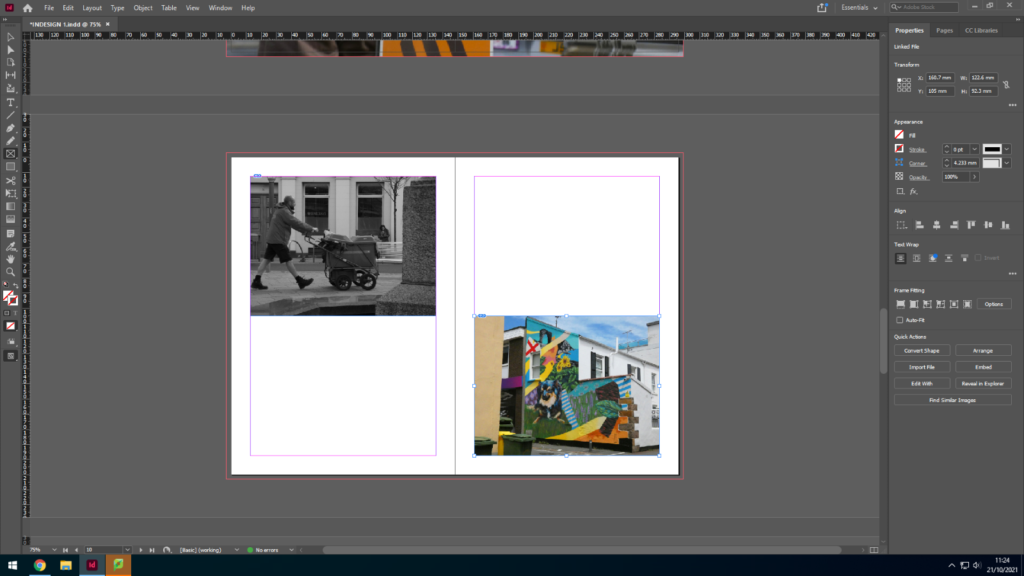We went to the Jersey Archive, and I’m going to use Lightroom to edit all my images and select the ones I want as well as rate them to be able to find my best images for my sequences collection.

here is a map showing where we walked around to take these images, mostly the French and Portuguese quarters as well as some rich resident areas
here is the process;
these were all my images i imported..
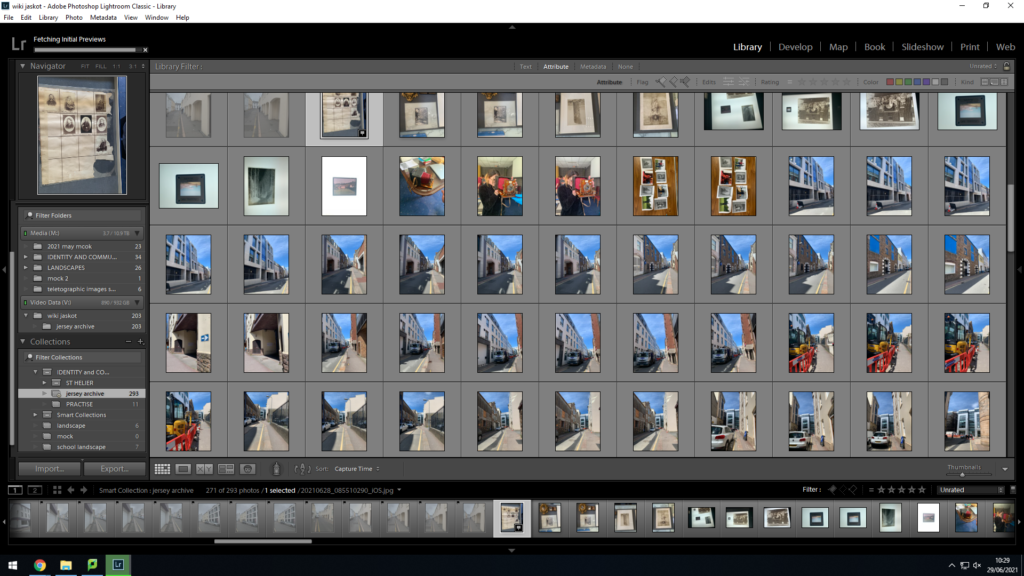
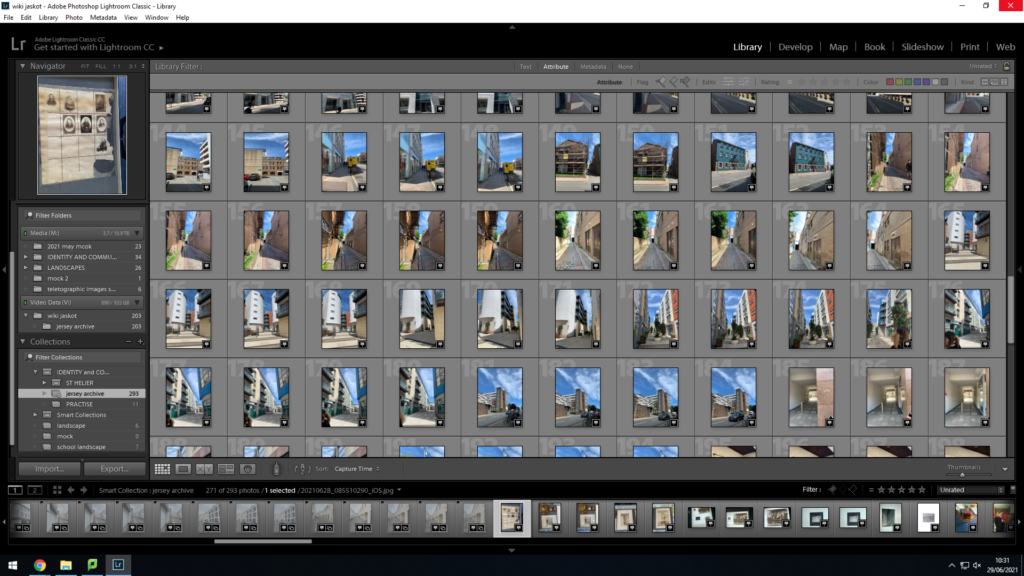

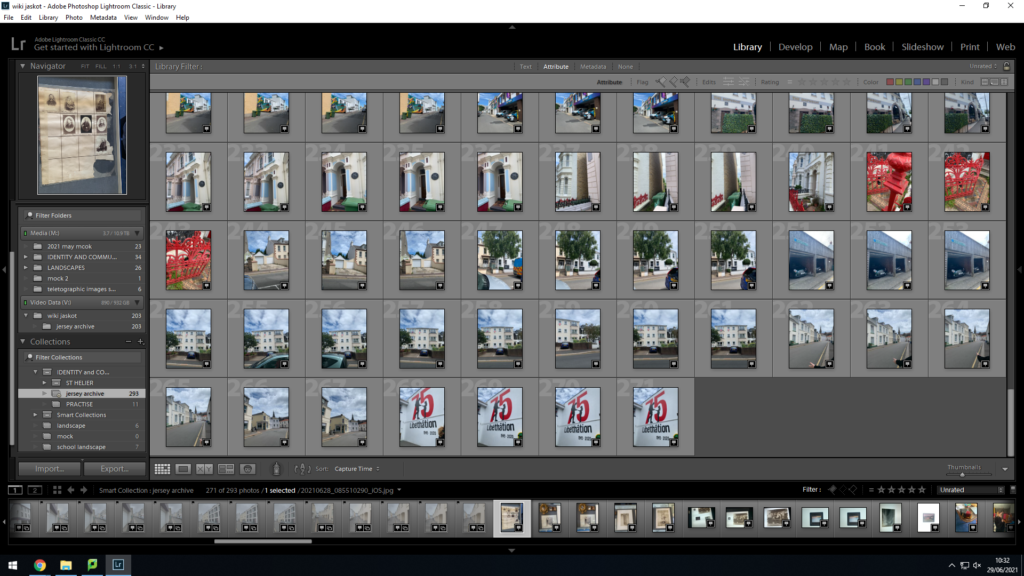
In order to pick the images that turned out the best and not have any repeating images, I used the tool of pressing either P or X, this would help me select the images I actually wanted to work with, here are the images that I all pressed P on;

as you can see , this helped me narrow down my choices and work with a less amount of photos however with the ones I really liked and wanted to continue editing.
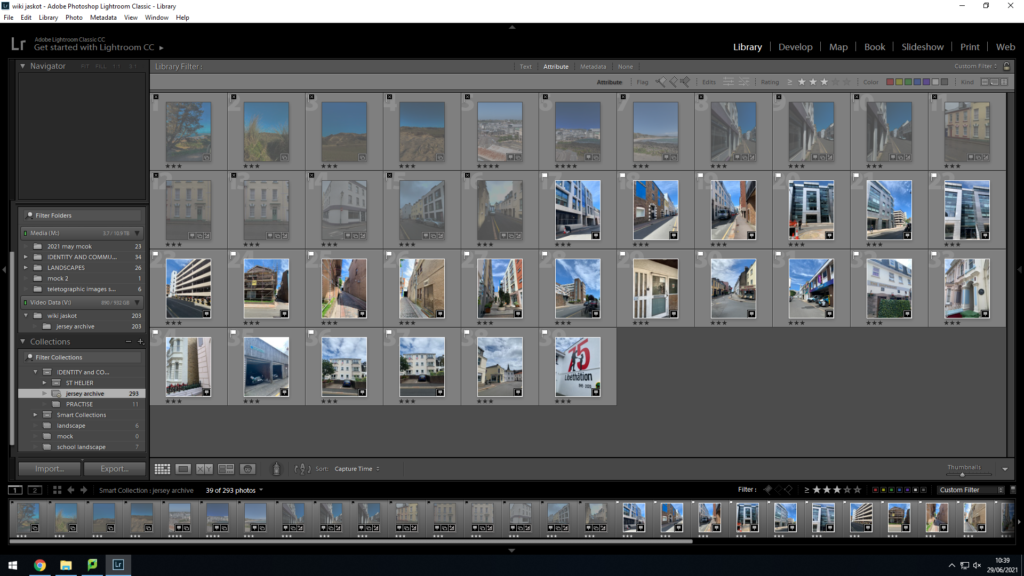
I rated all my images either 2 or 3 stars, 2 being I may need to re think them and 3 being I want to continue editing them now, I then switched the filter onto images rated 3 stars or higher and these were the final images I ended up with, now ready to edit them.
The images that I rated 3 stars stayed in my library and I then decided to develop them and edit them. I did two versions of editing, I kept them in colour and developed them and after that I changed them all to black&white to see what version I like more-
Here are my final developed images;
in colour;
in black and white;
these are my final images that I have developed and edited. I edited my set of images in colour using different contrast and exposure options to make sure they were edited in the way I was happy with how they look and I tried to keep the same style throughout all my images to not have any images that dont fit in or stand out too much.
Once I was happy with editing my coloured version set of images I also wanted to turn them all black and white and develop them further on. I did this to see whether I prefer the coloured or black and white set of images.
I do like how vibrant my coloured set of images are and turned out however I think when it comes to sequencing my images and putting them into a small book I will use the black and white set of images as it does match the photographers I’ve been looking at more as nearly all the old images of Jersey are in black and white to and I think I matched the tones between all the images well.

